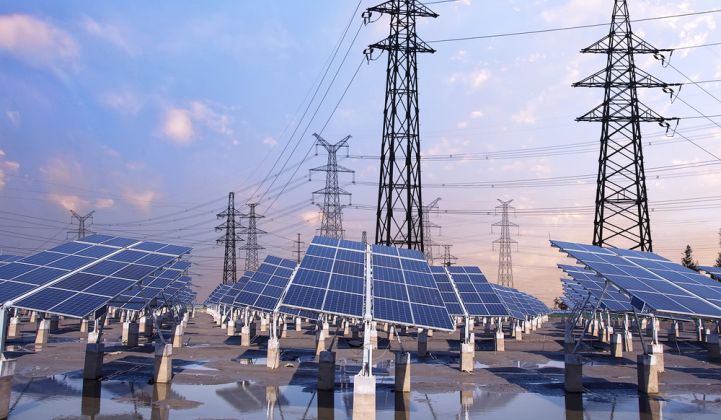The global advanced energy economy is larger than the fashion and apparel industry, and is approaching the size of the global media industry, according to a new report by the Advanced Energy Economy.
The 2015 advanced energy industry is nearly $1.4 trillion, up 17 percent from 2011. The definition of advanced energy used by AEE is broad, encompassing energy supply and demand including electricity generation and delivery, fuel production and delivery, building efficiency, transportation and industry. Technologies ranging from natural-gas-fueled trucks to HVDC power lines to nuclear power all meet the definition.

Although AEE casts a wide net, more traditional clean technologies, such as clean power generation and building efficiency, lead the charge. Hydro, solar and wind led the largest category -- electricity generation -- accounting for more than 80 percent of the $441 billion in revenue in 2015.
“Advanced energy has made stunning progress over the past five years, reaching new heights both globally and in the U.S.," Graham Richard, CEO of AEE, said in a statement. “This vital industry is making the energy we use more secure, clean, and affordable, while creating economic growth."
In the U.S., it was building efficiency leading the drive for the second year in a row. Building efficiency has expanded overall, but more efficient equipment has grown the fastest, expanding 350 percent in the past five years.

Building efficiency revenue was up 11 percent from 2014 to 2015. “The most important thing is how do we keep those trends moving forward?” said Terrill Laughton, VP of integrated demand resources at Johnson Controls. Energy efficiency is still the lowest-hanging fruit, and companies like Johnson Controls could continue to cash in as large energy users look at more sophisticated projects after the more simple ones, like lighting upgrades, have been done.
On the residential front, the growth is even more staggering. U.S. home energy management is a $500 million business, nearly a tenfold increase from 2011. Smart thermostats are one of the most popular connected-home products, but many others, such as smart locks, may bring efficiency to hectic lifestyles but do not deliver energy savings.
Transportation, the second-largest advanced energy segment globally, also includes technologies that many in 2016 might not include in clean energy, such as clean diesel. Clean diesel is more than half of the $441 million clean transportation segment, as defined by AEE and Navigant Research, and yet a sizeable amount of that segment is clean diesel cars made by Volkswagen that are now known to be anything but clean.
Although some of the estimates for revenue include technologies that are on the fringe of the clean energy economy at best, overall positive trends cannot be ignored.
Bloomberg New Energy Finance announced a new clean energy investment record for 2015 at $329 billion, led by wind and solar. In the U.S., energy storage was one of the biggest growth stories in clean energy in 2015, according to AEE. New data from GTM Research shows the energy storage market grew by 243 percent in 2015, the largest year on record.
Even with the Paris agreement and the federal tax credit extensions in the U.S. for solar and wind, AEE, which advocates for clean energy policies, says there’s plenty of work left to be done, especially at a state level, given the delay of the Clean Power Plan.
“Business is good,” said Robert Keough, VP of communications at AEE, “but there is still inertia.”



